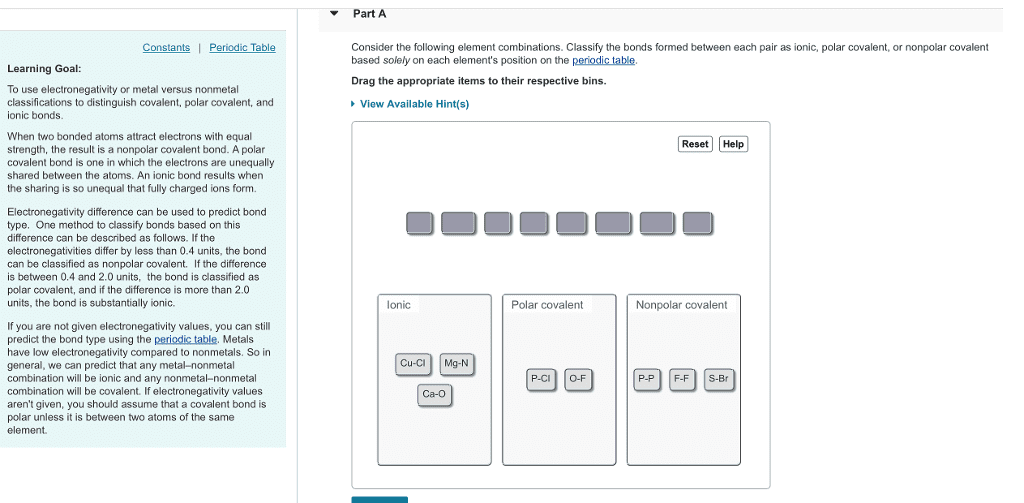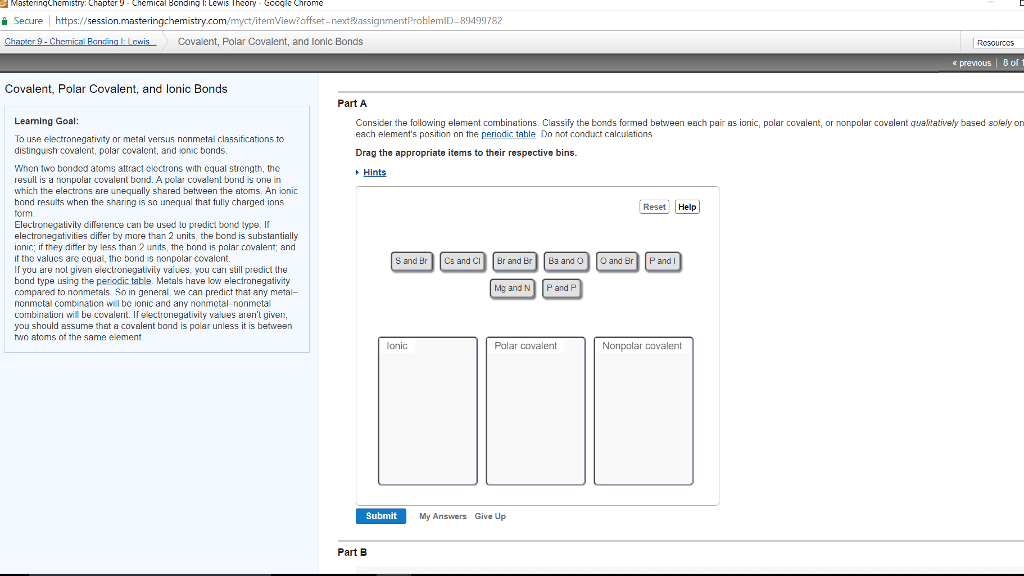CHEM 1211K Chapter Notes - Chapter 7: Electron Configuration, Chemical Formula, Van Der Waals Force
Document Summary
Shows how many atoms of each element a substance contains: covalent bond. A bond formed by the sharing of electrons between atoms: molecule. A neutral group of atoms joined by covalent bonds: diatomic molecule. A molecule consisting of two atoms: molecular compound. A compound that is composed of molecules: molecular formula. A chemical formula of a molecular compound that shows the kinds and numbers of atoms present in a molecule of a compound: non polar. When like atoms are joined by a covalent bond, the bonding electrons are shared equally, and the bond is: polar. When the atoms in a bond are not the same, the bonding electrons are shared unequally, and the bond is: electronegativity. The degree of polarity of a bond between any two atoms is determined by consulting a table of: dipole interactions. The attractions between opposite poles of polar molecules are called: hydrogen bond. The strongest intermolecular attractive force: network solid.



